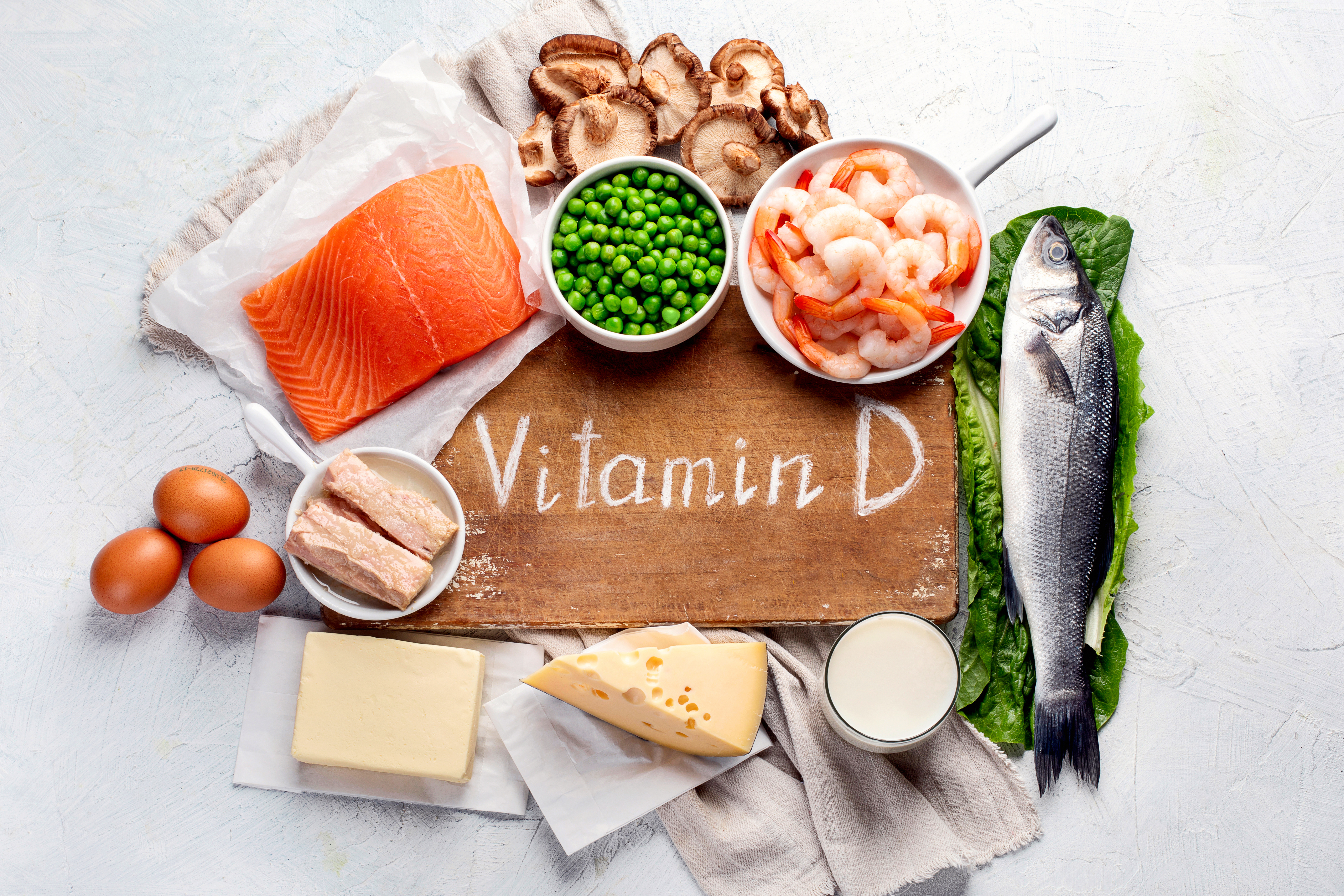
Vitamin D: What it is, Where it's Found, and How it's Absorbed
Vitamin D belongs to the group of fat-soluble vitamins, along with vitamins E, A, and K, with which it shares comparable mechanisms of absorption, storage, and elimination.
In recent years, there has been much talk about vitamin D and how a proper intake can be useful in avoiding deficiencies in various pathological and non-pathological situations. With the arrival of the Covid-19 pandemic, this talk has intensified: recent studies show that vitamin D deficiency appears to be associated with more compromised and severe clinical stages of Covid infection.
Vitamin D belongs to the group of fat-soluble vitamins, along with vitamins E, A, and K, with which it shares comparable mechanisms of absorption, storage, and elimination.
In nature, there are many variants (vitamers) with the same biological activity, but the two most important ones are vitamin D2 (ergocalciferol) and vitamin D3 (cholecalciferol).
Few foods contain appreciable amounts of vitamin D: fatty fish such as eels, herrings, sardines, wild salmon, eggs, and milk in minimal amounts. Therefore, the dietary contribution is negligible compared to the metabolic needs of the body.
A food rich in vitamin D is cod liver oil, which is not commonly used in our current Mediterranean diet.
Vitamin D is also referred to as the "sunshine vitamin" since humans can synthesize it at the skin level through the photolytic action of UV rays on 7-dehydrocholesterol (a molecule synthesized in the sebaceous glands from cholesterol). Therefore, exposure to UV rays can promote the synthesis of vitamin D, taking into account important variables such as the season of exposure, the time of day, latitude, as well as the surface area of exposed skin and the duration of irradiation.
Vitamin D is absorbed in the intestine, and unlike other fat-soluble vitamins that accumulate in the liver, it is deposited in adipose tissue.
Vitamin D plays an important role in mineral metabolism (in bones) and is involved in the absorption of calcium and phosphorus in the intestine. It also contributes to the normal functioning of muscles and to maintaining an efficient immune system.
The requirement for vitamin D varies depending on age, the physiological condition of the individual, and lifestyle: the LARN (Nutrient Intake Levels for the Italian population) range from 10 µg (6-12 months of age) to 15 µg (adult male and female), up to a maximum of 20 µg in women over 75 years of age.
For completeness: regarding the International Units (IU) system, the equivalence is 1 IU = 0.025 µg or 1 µg of cholecalciferol = 40 IU.
To verify that there are no deficiencies, a serum test for vitamin D3 can be performed through a simple blood draw. In the last year and a half, deficiencies (although not pathological) of this vitamin have been observed even in younger individuals, probably also due to lifestyle changes resulting from lockdowns and subsequent closures (remote working, distance learning for students of all ages). Therefore, it might be useful to check vitamin D levels, according to medical advice.
Dietary supplementation (supplements or medications), both in cases of deficiency and as a preventive therapy for osteoporosis or sarcopenia (muscle loss), should be discussed in every case with the family doctor or specialist.
Dr. Concetta Mauriello






